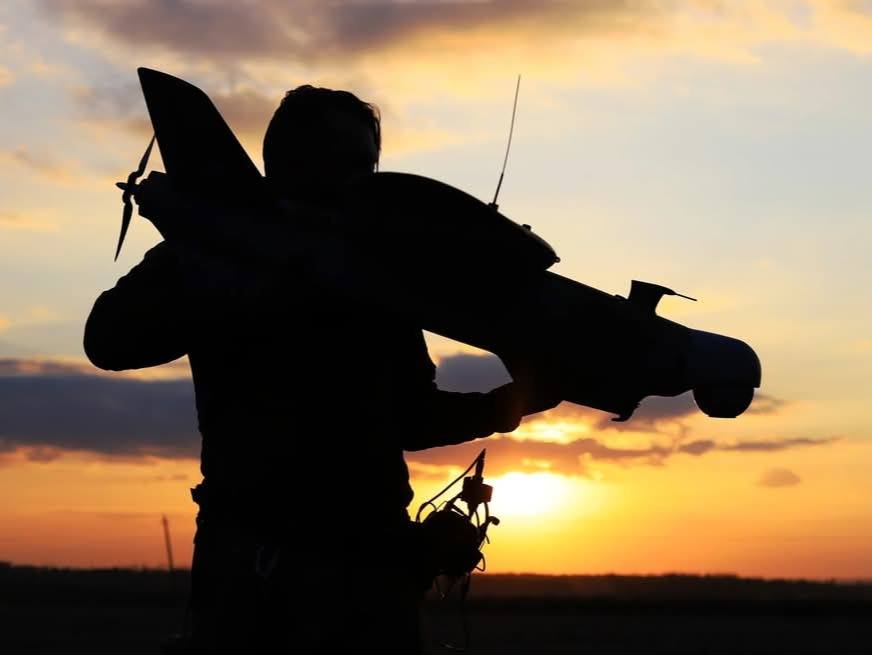Lieutenant Colonel Kyrylo Veres, commander of the 20th Separate UAV Systems Regiment K-2, says the Drone Line project has been designed to dramatically reduce Ukrainian troop losses on the front line by scaling up the military’s most effective unmanned systems.
Five elite drone units are currently involved in the project:
- 427th Separate UAV Regiment “Raroh”
- 20th Separate UAV Regiment “K-2”
- 414th Separate Strike UAV Brigade “Birds of Madyar”
- 429th Separate UAV Regiment “Achilles”
- Phoenix UAV Division of the State Border Guard Service
“When this pilot project starts delivering results in the coming weeks, it will change the game on a specific section of the front. I believe it will be scaled up. We’re the trailblazers," says Veres.
Beyond reducing casualties, the project’s goal is to stop enemy advances and inflict maximum damage, denying Russia the ability to attack or seize territory.
Veres stresses the need for continuous learning and technological advancement:
“This war is entirely new technology—nothing like 2022 or anywhere else in the world. The war sets the rules. Yes, Russia’s defense industry is better organized, but we have national will, unity, and better commanders. We make every shell count," he explains.
When speaking about military recruitment, Veres revealed that most people join his regiment voluntarily.
“A month after we began forming the regiment, only 3% washed out. People come to us not from training centers, but through our recruiting—and by choice," he added.
With 7,000 applications in one month, Veres says motivation is high, and the challenge now is matching each soldier to the proper role.
“We’ll train anyone. The key is placing people where they’re most effective. In 99% of cases, we find the right fit," he adds.
In February, Ukraine’s First Deputy Defense Minister Ivan Havryliuk stated that Ukraine received approximately 200,000 UAVs monthly. In addition to most-used disposable FPV kamikaze drones, the country secured various UAV systems through international aid.





